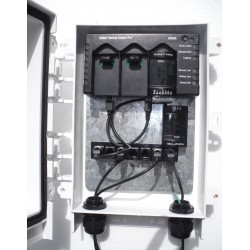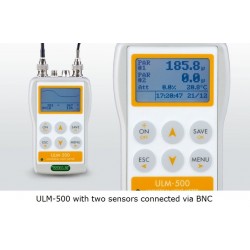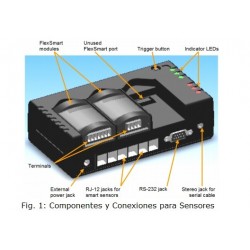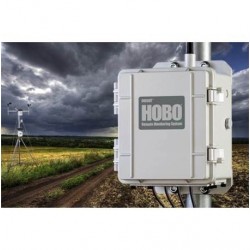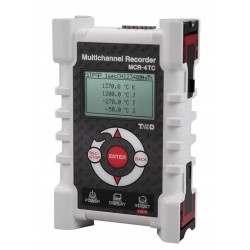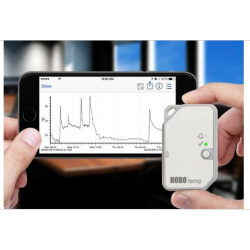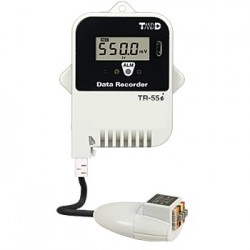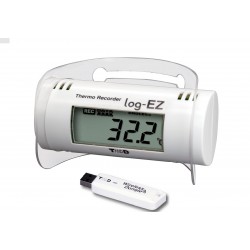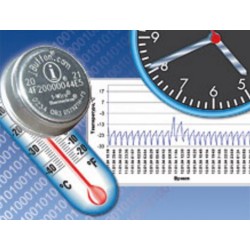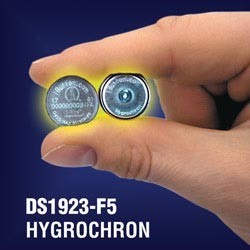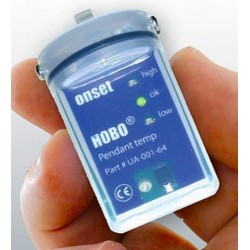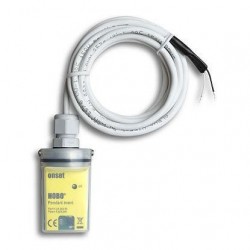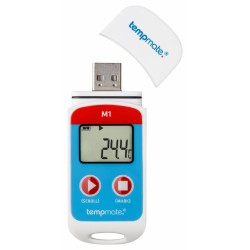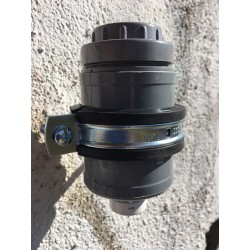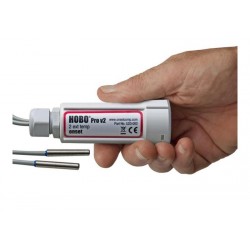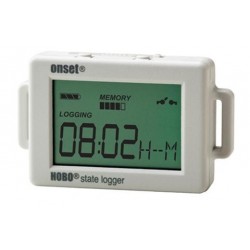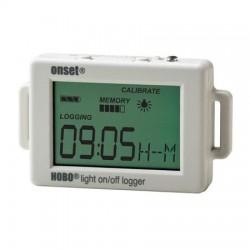No products
Prices are tax excluded
Product successfully added to your shopping cart
There are 0 items in your cart. There is 1 item in your cart.
MAE Software - Software Catalog
MAE Software
New
Software catalogue by MAE
- Consulta este producto
- Remove this product from my favorite's list.
- Add this product to my list of favorites.
.jpg)
M.A.S.W. (Multichannel Analysis of Surface Waves):
The MASW (Multichannel Analysis of Surface Waves) technique aims to identify profiles of variation with depth in volume wave velocities (Vp and Vs).
The method is based on the known relationships between these velocities and the dispersion of surface (or Rayleigh) waves observed as they propagate through a stratified elastic medium.
The analysis can be based on signals produced by on-site sounding using an acquisition device (a ram or blast) or on the recording of vibrations produced by distant sources (rivers, industrial activities, traffic, etc.).
_____________________________________________________________________
.jpg)
Nakamura Method, HVSR, H/V:
A significant portion of the damage observed in destructive earthquakes worldwide is associated with the amplification of seismic waves due to local site effects.
Therefore, site response analysis is essential in seismic risk assessment in areas prone to earthquakes. To assess local site effects, several studies must be conducted.
Among empirical methods, the H/V spectral analysis method for ambient vibrations is one of the most common. The method, also called the "Nakamura" technique (Nakamura, 1989), was introduced by Nogoshi and Igarashi (1971) based on the initial studies of Kanai and Tanaka (1961). Since then, numerous applications have been made by many researchers worldwide.
_____________________________________________________________________
.jpg)
Seismic Refraction Exploration is one of the most widespread and widely used active seismic methods.
This type of study aims to determine the thickness of (aerated) overburden on a rigid sublayer and reconstruct a stratigraphic seismic sequence in terms of apparent longitudinal velocity. When performed using more sophisticated calculation methods, it can be used to intercept, measure, and characterize geostructural profiles.
Refraction seismic exploration is performed by placing equidistant geophones aligned on the ground and generating seismic pulses using mechanical inputs.
The travel times of the pulses are then measured. Once they penetrate the ground, they refract near lithological passages with different densities.
_____________________________________________________________________

ZondST2d is designed for the two-dimensional interpretation of seismic tomography data in refracted and reflected waves (land, shear, and water variants). The software includes the following modules:
1. MASW/ReMi: Processing and interpretation of surface wave data.
2. Forward modeling and inversion of refraction waves in an arbitrary stratified medium.
3. Attenuation tomography.
4. Velocity anisotropy.
5. Forward modeling and inversion of reflection waves in an arbitrary stratified medium.
In geophysics, the term seismic tomography has been known for a long time. This is because one of the main problems in seismology is inverse kinematics. It involves determining the velocity structure along a known time path of refracted waves from source to receiver. The most popular in engineering geophysics was cross-sectional seismotomography.
This direction is used for detailed studies of rock velocity structures in the interwell space. ZondST2d represents a ready-to-use solution for seismic tomography and solves a wide range of problems, from mathematical modeling and quality control to field data processing and interpretation.
_____________________________________________________________________

ZondST3d software is designed for the processing and interpretation of 3D refracted wave and CMSL seismic tomography data in surface (area), interwell, and offshore versions.
The term seismic tomography has been incorporated into geophysical terminology for a long time. This is because one of the main tasks of seismic engineering is inverse kinematics. This involves determining the velocity characteristics of the examined medium from the known travel times of refracted waves from the signal excitation point to the recording point. In other words, kinematic seismic tomography uses seismic wave travel times to reconstruct structures within the Earth, which manifest as variations in seismic velocities.
Interwell seismic tomography is the most popular technique in engineering geophysics. This technique is used for the detailed study of rock mass structure in the interwell space. 3D seismic tomography involves a special measurement technique that utilizes a large number of source and receiver locations, with the number of seismic traces reaching tens of thousands. However, in many cases, for a three-dimensional interpretation, it is sufficient to use two-dimensional seismic tomography results obtained from several parallel profiles. ZondST3d offers a comprehensive seismic tomography solution and solves a wide range of tasks, from mathematical modeling and sensitivity analysis to field data processing and interpretation.






